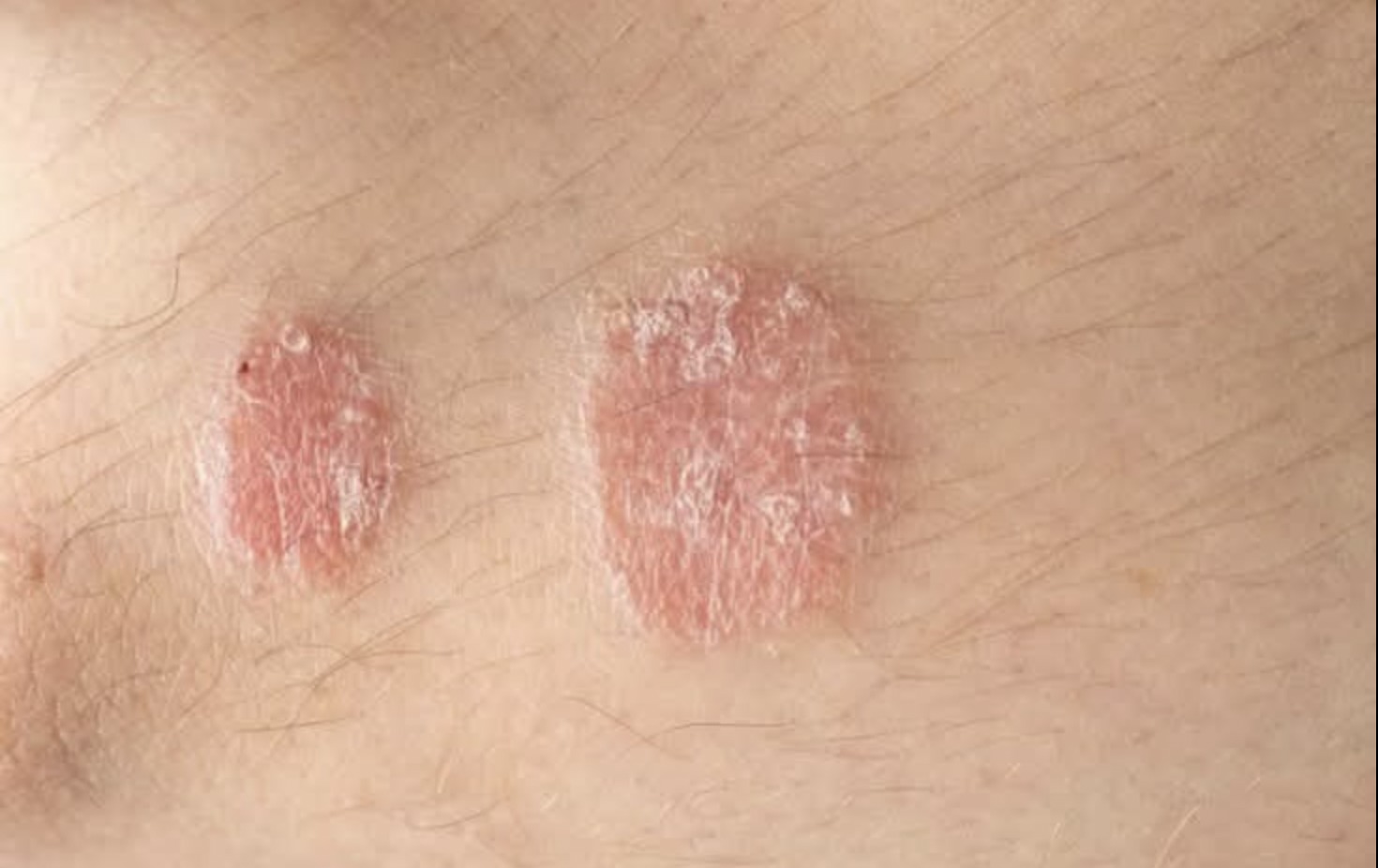Psoriasis is a chronic autoimmune disorder that affects millions of people worldwide. It’s a condition that goes beyond skin deep, causing not only physical discomfort but also emotional distress. While there’s no cure for psoriasis, being aware of its signs and symptoms can help you manage the condition effectively.
Psoriasis occurs when the immune system mistakenly attacks healthy skin cells, causing them to multiply rapidly. This leads to the formation of scales, redness, and inflammation. According to the Mayo Clinic, psoriasis is a common condition that affects approximately 8 million people in the United States and 125 million people worldwide.
There are five distinct types of psoriasis, each with its unique set of symptoms. Understanding these different types can help you identify the condition and seek proper treatment.
The first type is plaque psoriasis, the most common form of the condition. It’s characterized by dry, itchy, and elevated patches of skin covered with scales. These patches can appear anywhere on the body, but they often occur on the scalp, lower back, elbows, and knees.
The second type is guttate psoriasis, which typically affects children and young adults. It’s marked by small, drop-like lesions on the trunk, arms, or legs. These lesions are often triggered by bacterial infections such as strep throat.
Inverse psoriasis is the third type, which occurs in the folds of the skin, such as the groin, buttocks, and lower breasts. It’s characterized by smooth, red patches that can become irritated by friction or sweat.
The fourth type is pustular psoriasis, a less common but more severe form of the condition. It’s marked by white pustules surrounded by red, inflamed skin. This type of psoriasis can occur on specific parts of the body, such as the hands and feet, or it can spread throughout the body.
The fifth and most severe type is erythrodermic psoriasis, which causes widespread redness, scaling, and peeling of the skin. This type of psoriasis often requires hospitalization, as it can be life-threatening.
In addition to these five types, psoriasis can also affect the nails, causing them to become thicker, pitted, discolored, or detached from the nail bed. Changes in the nails can be an early sign of psoriatic arthritis, a related condition that affects the muscles and joints.
Being aware of the signs and symptoms of psoriasis can help you take control of the condition. If you notice any of the symptoms mentioned above, it’s essential to seek medical attention to improve your overall health.


